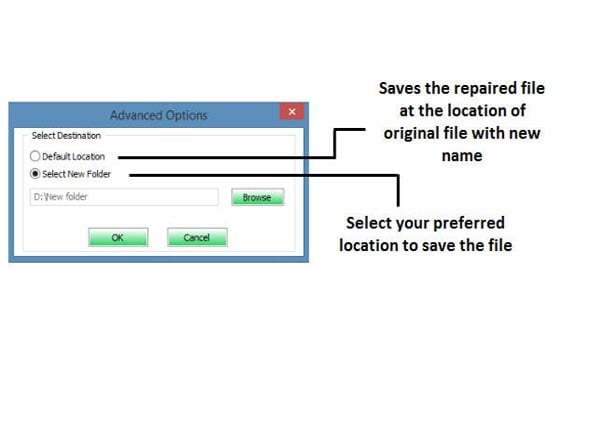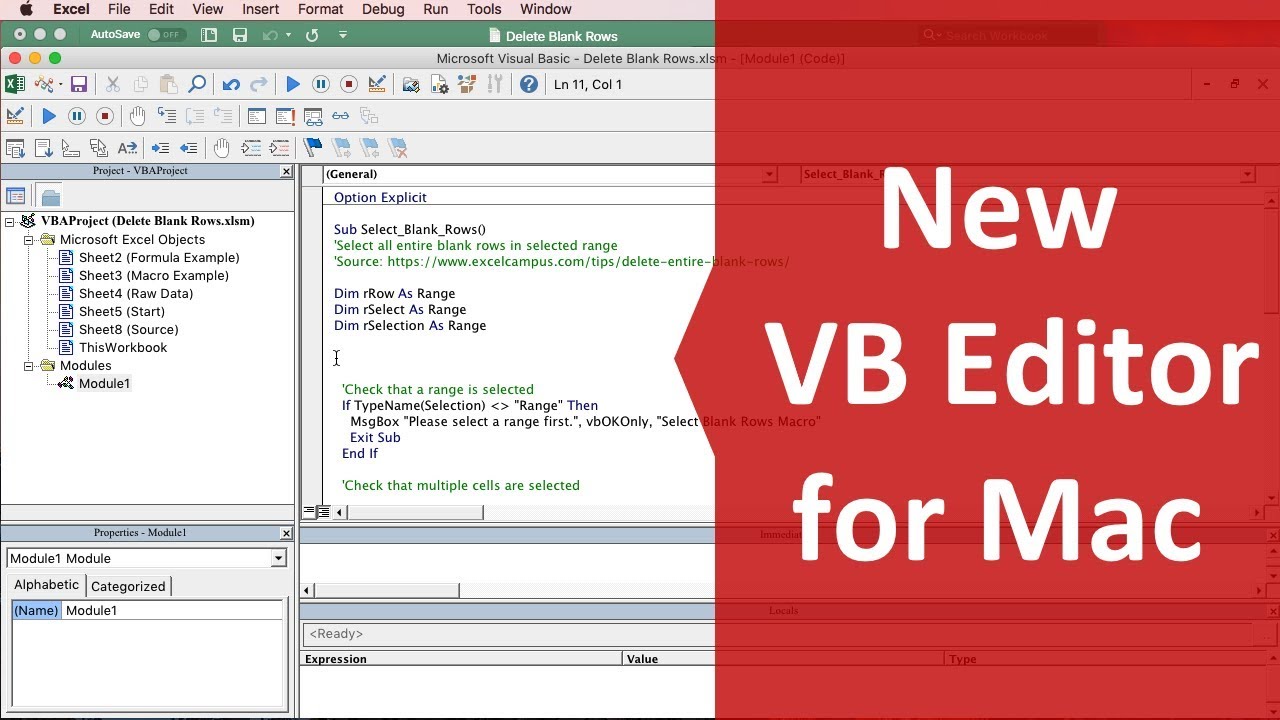

- #Mac file path for excel vba how to#
- #Mac file path for excel vba full#
- #Mac file path for excel vba download#
The FSO object is less necessary for creating, reading/writing files or folders due to the fact that it replicates existing native VBA features. Set ts = fso.OpenTextFile("C:\hello.txt", ForReading, True, TristateFalse)ĭebug.Print ts.ReadLine 'Print a line from the file 'Write 2 lines ending with New Line character to text file
#Mac file path for excel vba how to#
The FSO object does not extend any methods for writing to binary files so you need to revert to the native VBA Open operator.īelow an example of how to create a text files using FSO, and writing a string into the file. VBA natively allows you to create and write to files, I encourage you read my post on writing to files in VBA. The VBA FSO object allows you only to create text files. Lookup CopyFile and CopyFolder on details: Set fso = CreateObject("Scripting.FileSystemObject")įso.CopyFile "c:\Src\Hello.xlsx", "c:\Dest\"įso.CopyFolder "c:\Src\Hello", "c:\Dest\" Read and write to text files The FileSystemObject allows you to copy files and folders. Set fso = CreateObject("Scripting.FileSystemObject")ĭebug.Print fso.DriveExists("D") 'Result: True or False depending if Drive "D:" existsĭebug.Print fso.FileExists("D:\Hello.txt") 'Result: True or False depending if File existsĭebug.Print fso.FileExists("D:\SomeFolder") 'Result: True or False depending if Folder exists Copy Files, Folders You can also use the native VBA FileCopy procedure to copy files. Below are examples show how to check if one of these exists or is missing. The VBA FSO object can be used to check if a File, Folder or Drive exists. The native VBA approach is better for creating binary files or writing to files. Set ts = fso.CreateTextFile("C:\hello.txt") Text files can be created using VBA CreateTextFile method: To create a folder use the VBA CreateFolder method of the FSO object: The VBA FSO object can be used to create either text files or to create folders in a directory: I discourage this approach as it makes it harder to share the file with other users without having to explain how to reference the library. This approach is called Early Binding and requires referencing the library. This allows you to declare the FileSystemObject directly like this: Set fso = CreateObject("Scripting.FileSystemObject")įor learning it is better to reference the library. The benefit is the lack of need of declaring the FSO object and hence necessity of referencing the library. To create the FileSystemObject (FSO) in Excel VBA you can use the CreateObject function. The first is recommended as you don’t need to reference any libraries. The FSO object can be created using 2 separate approaches (similarly as most objects in VBA). You can also configure a keyboard shortcut in Macros > Options so the folders can be created by simply pressing a key combination such as Ctrl+C.VBA OpenTextFile Create VBA FileSystemObject If you need more than 1000 folders or to a specify a different range the VBA script can easily be edited to accommodate. Depending on your Excel security settings you might have to accept a security warning to enable the macro when reloading the workbook. To keep the workbook and the macro for future use save it as an “Excel Macro-Enabled Workbook (*.XLSM)”. Cells A1 to A1000 will create a folder name with the exact path specified.ĥ.
#Mac file path for excel vba full#
The CreateDirsFullPaths macro takes a list of folder names with each having its own full path. For example cell A2 below will be created as G:\Files\Myfolder and etc. Make sure to insert the path to create the folders into cell A1 or they will not be created in the correct location. The CreateDirs macro will read the root path to create the folders in cell A1 and then create the folders found in cells A2 onwards. Select which one you want to use and press Run.

To launch a macro press Alt+F8 or go to the View tab > Macros.

Right-click in the new module window that’s opened up and paste in the VBA macro text. Press Alt+F11 to open the Visual Basic Editor.ģ. Launch Excel and load the workbook with the list of folder names.
#Mac file path for excel vba download#
Download the VBA macro text file, open it in Notepad and copy the contents.Ģ. All you need is Excel itself and the VBA macro script.ġ. Using a combination of Microsoft Excel and the Visual Basic for Applications (VBA) scripting language it’s a relatively simple task to take a list of folder names and create them in one move.


 0 kommentar(er)
0 kommentar(er)
